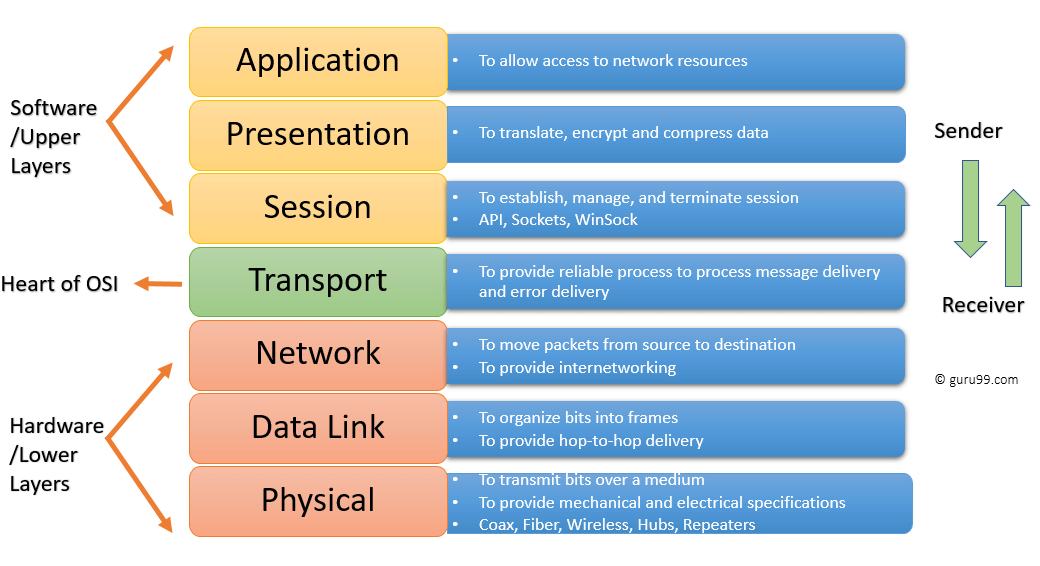Table of contents
No headings in the article.
💻🔗📡🌐📶
Computer networks are the backbone of modern communication and data transmission, allowing sharing of information across various devices and systems.
🌐📲💻
There are several types of computer networks 🌍📡📶, such as:
LAN (Local Area Network)
WAN (Wide Area Network)
MAN (Metropolitan Area Network)
WLAN (Wireless Local Area Network)
PAN (Personal Area Network) (Personal Area Network).

Devices, wires, and software are all components of computer networks.
Computers, routers, switches, modems, and servers are examples of devices.
Cables are used to link the devices, and software is used to administer the network and allow the devices to communicate with one another. 💻📡🔌🌐
Protocols are a collection of rules that control network communication between devices. 📜🔍📤📥
Some of the most prevalent protocols used in computer networks:
TCP/IP (Transmission Control Protocol/Internet Protocol),
DNS (Domain Name System),
HTTP (Hypertext Transfer Protocol), and
SMTP (Simple Mail Transfer Protocol).

TCP/IP is the most commonly used protocol in computer networks, responsible for transmitting data over the internet.
DNS is used to translate domain names into IP addresses,
HTTP is used to transmit web pages over the internet, and
SMTP is used to transmit email messages over the internet.
🌐📧🔍

Real-life examples of computer networks include the internet, which connects billions of devices worldwide, and home networks, which connect devices within a household.
Businesses use computer networks to connect their different branches and enable remote access to employees. 🌐🏠💼
Understanding the basics of computer networks can help individuals and organizations make informed decisions about their network requirements and infrastructure. With technology constantly evolving, knowledge about computer networks has become essential in the modern world. 💻🔗📡👨💻👩💻
Finally, computer networks have become an indispensable element of our everyday life. Computer networks have made our lives considerably simpler, whether it's for linking gadgets in a smaller workplace or talking with individuals all over the world. Understanding the fundamentals of computer networks allows you to use this technology to improve your life and company.🌐🌍👨💼👩💻
Thank you for reading so far!
This is just the introduction, will post more blogs explaining each protocol and other important topics of computer networks in detail.
If you find this information helpful then do like, share, and subscribe to my newsletter to get updated whenever I post a new blog.
Read my other blogs:

